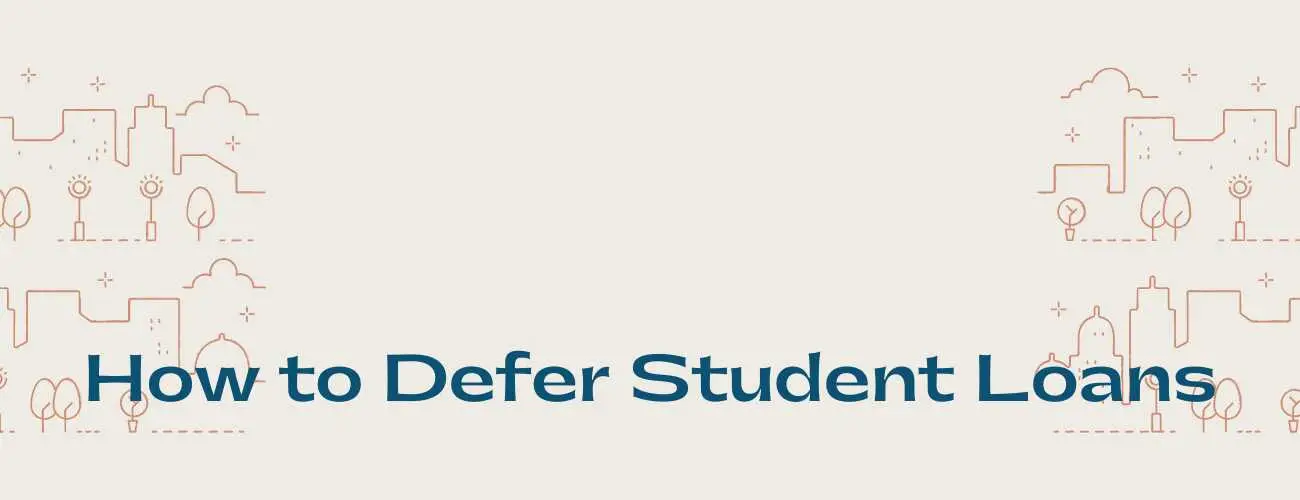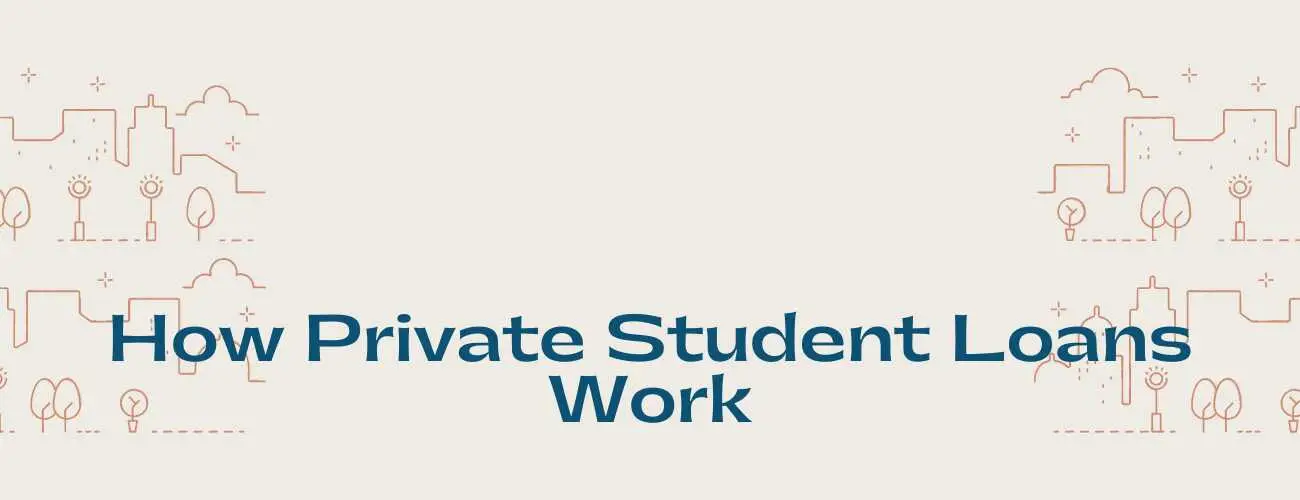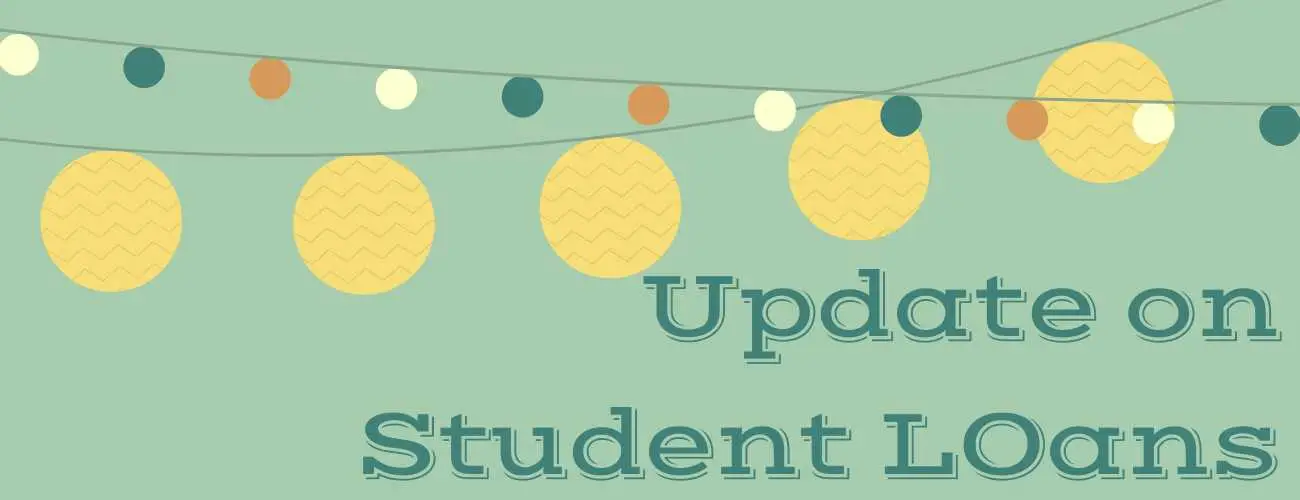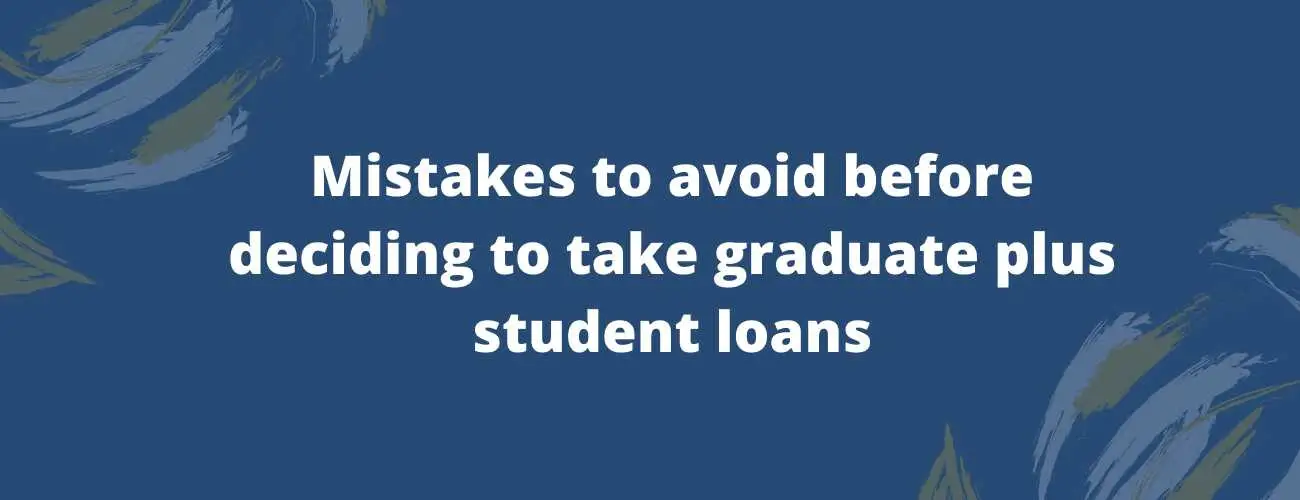Federal student loan aid queries and COVID-19
Learn more about how Student academics and COVID -19 are related, FAFSA details, Interest rates, Forbearance, Defaulted loans
Updated by Aparna A on 10th November 2021
2020 has been a year of medical crisis which affected all areas of our life. So did it affect the students studying, and raising many questions regarding the situation and how it should be handled? The CARES ACT is signed to bring relief programs to students with financial aid and help student loan borrowers. The relief program benefits are applicable from March 27, 2020, to October 1, 2020. And monitoring the conditions of the pandemic the relief programs can also be extended. Here are the relief programs and assistance provided by the department of education to help the students and loan borrowers.
Table of contents
- Student academics and COVID -19
- FAFSA details
- Interest rates
- Forbearance
- Defaulted loans
- General information
Student academics and COVID -19
The U.S. The Department of Education (ED) office has helped students with various relief programs that include providing assistance with details related to student academics, campus functioning details, etc for students. If a student is unable to go to work due to the pandemic conditions but was regularly working before COVID-19 disruptions, the school may still pay you for the scheduled hours or even allow you to work from home or choose other means to work
to help you finish your task. For more details, you can always contact your school. You can check schools online websites for updated information, or can check their social media like Facebook, Instagram for more details. Many colleges have started providing online courses and you are still eligible to keep the federal student aid if you have already received it. And if you're facing a severe financial crunch, it is always good to reach the financial aid office at your school as according to the CARES act, the colleges/schools participating in federal student loan programs are given funds and grants who are eligible for federal student loans. This fund is used to cover course materials, technology, health care, and child care, etc. Each college/school decides the amount and eligibility criteria for getting these funds. The simple eligibility criteria will be to attend the online classes and pass the exams to receive these grants. If you require help with leave of absence, or due to the outbreak, if you and your family cannot afford repayments, you can contact the financial aid office at your school so they can provide you with further assistance.
Federal Student Loans Guide helps you understand the various key factors before you make any decision regarding your student loans. The application process and eligibility criteria can save a good deal of your time. Knowing the types of suitable loan can help you take advantage of the relief program each offers you in times of crisis. Choosing the right repayment options will help you make an informed decision to manage your expenses in the future.
FAFSA
Since April, after the COVID-19 outbreak, multiple states have extended the dates to apply for FAFSA. This can be very helpful as you can decide if the pandemic will affect your financial situation and apply for financial aid. FAFSA forms are still available online for the year 2020-2021. Once the department of education processes the form, they will send it to the schools you listed on FAFSA. It is advised that you contact your financial aid office at the college/school to check the FAFSA deadlines. For claiming income tax return, you can fill the FAFSA and explain your current financial situation has been changed to get financial help.
Interest rates
From March 13, 2020, to Sept. 30, 2020, all federal student loans are in administrative forbearance where for 6 months the interest rates are going to be 0%. The federal student loans owned by the department of education are eligible for this. The following are the list of loans with 0% interest rates.
-
Defaulted and non defaulted Direct Loans
-
Defaulted and non defaulted FFEL Program loans
-
Defaulted and non defaulted Federal Perkins Loans
-
Defaulted HEAL loans
FFEL Program and HEAL loans provided by servicers are not eligible for this benefit. Still, you can contact your private lenders and servicers to check the relief program they are offering during this period. And luckily many lenders and servicers have come up with relief programs considering their customer’s financial conditions. You will know the loans owned by the ED, by using the login credentials to Federal Student Aid
And if your loans are not eligible for the 0% interest rates, you can consolidate your loans to the ones owned by the department of education. If your loans are owned by ED, it will automatically adjust your account. Ideally, it applies from March 13, 2020, to September. The department of education is keeping track of the pandemic to decide to extend the administrative forbearance period beyond September. And if you still wish to continue paying during the administrative forbearance period the amount gets added to the principal value.
Note that: Private loans are not eligible for 0% interest benefit as it is not covered under the CARES Act.
Forbearance
All federal student loans owned by ED will be in administrative forbearance, which will temporarily suspend your monthly payments. This was introduced in the CARES Act as a protection for borrowers paying loans during the pandemic, from March 13, 2020, till Sept. 30, 2020. If you have chosen auto-debit payments, during the administrative forbearance, your money will be refunded back to you. If not it is advised to contact your servicer for the same, also if you wish to still make manual payments, you are given the option to do so. Continuing making payments will always help you lower your loan balance and this will get you closer to options to apply for loan forgiveness etc. If you continue to make payments during the administrative forbearance, you can either opt-out and continue the payment or you can make payments while staying in administrative forbearance.
While staying in administrative forbearance
-
You will not be billed for the payments you make.
-
Auto debit options will resume only after the administrative forbearance period, so manual payments are to be done, for which you will need to contact your servicer.
-
Regular amount of payments to be done during the administrative forbearance.
Opt-out from administrative forbearance
-
When you opt-out of administrative forbearance, you will be billed.
-
Auto debit payments are accepted.
-
For opting out from administrative forbearance you will need to contact your servicer.
You can also make limited payments during administrative forbearance that will help you reduce your loan balance. If you are currently in an IDR plan, the canceled payments will be counted towards IDR loan forgiveness and the same applies to PSLF. Even if your loans are in grace periods from March 13, 2020, you are in administrative forbearance and eligible for 0% interest.
Defaulted Loans
Defaulted loans owned by the department of education are also eligible for a 0% interest rate in an administrative forbearance period. Even the private lenders decided not to make any collections for default loans in this period. Default loans eligible for 0% interest rate are as below.
-
Defaulted Direct Loans
-
Defaulted FFEL Program loans
-
Defaulted Federal Perkins Loans
-
Defaulted HEAL loans
If you still wish to make payments you can contact your servicer. You can contact 1-800-621-3115 for more details.
General information
If this pandemic has affected your financial situations, there is help, provided by the department of education and also the private agencies. All repayment plans and loans are under administrative forbearance till September 2020, so if your income is affected during this time period, by default your loans are in administrative forbearance, meantime you can apply your new payment based on your current income to recalculate your monthly payments and after September 2020 your monthly payments will restart with the new amount value.



93.jpg)


28.jpg)
